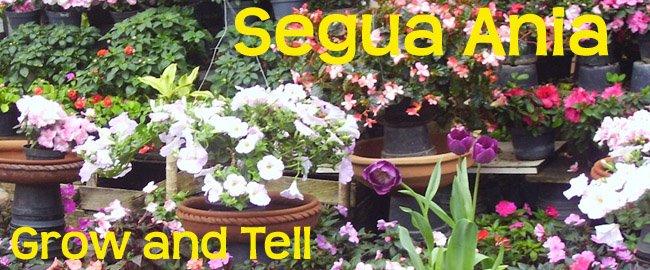
I went to Sam's and bought a composter for less than $40 American dollars. I want to find out if I can fulfill all my compost needs on my own without resorting to store-bought compost. If I can, I will be one step closer to my goal of affordable produce. Yes, I am of the mind that the vegetables I grow are more expensive, albeit freer of nasty stuff, than the vegetables I get from the supermarket. But I am intent on changing that. In fact, I want to grow vegetables and produce them at the same price as the big agribusiness farms. Call me crazy but I have a tiny itty bitty sense deep inside of me that this can be done even if I lack agribusiness' economies of scale.
THE CAGE
Another new thing in my vegetable garden is The Cage. Below is a picture of the almost completed cage that will contain some of my Sub-Irrigated Planters (SIPs). I took this idea from the Inside Urban Green blog. I don't know why they use these cages in their roof gardens but I know why I will use mine:
- My 1 yr old puppy Lexie.
- The murderously hot slab of cement that covers the sunniest part of my yard.

REDUCE, REUSE, RECYCLE
I planted the Kennebec potatoes today. As planned, I used the empty potting soil bag as a grow bag. I was also going to use a five gallon bucket to grow potatoes this year but I changed my mind at the last minute because I want to use all my buckets for tomatoes. Instead of a bucket, I reused the tops of the 18 gallon totes I made SIPs out of two years ago. Last year I used these tops as mini-raised beds that held cherry tomato plants. They worked great for that. This year, however, I decided to try them as potato containers. This is how they will stack by the end of the season:
Right now however, I only need the bottom part:
Last, I put together the 8x4 bed that I bought at Sam's and filled it with compost-amended soil. I planted Apache salad onions, Arugula, red cabbage, spinach, broccoli, and mesclun.
Next, tackle the fruit trees.





